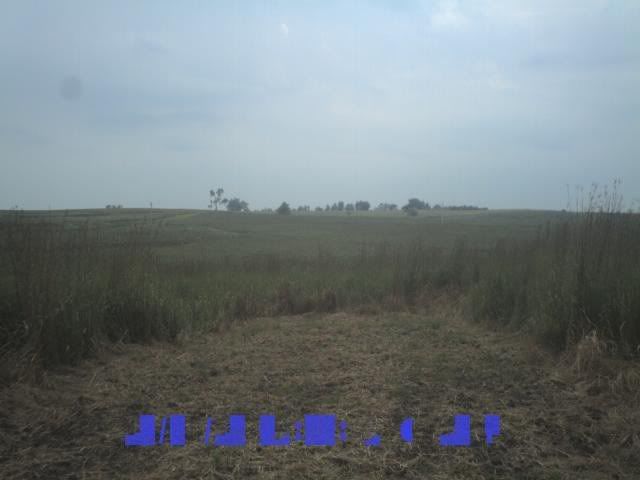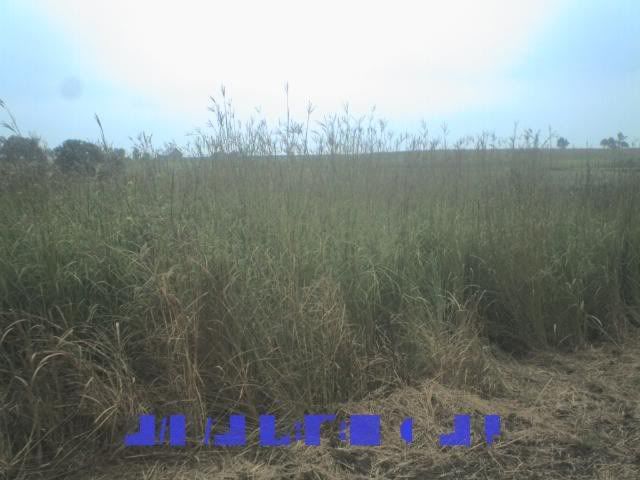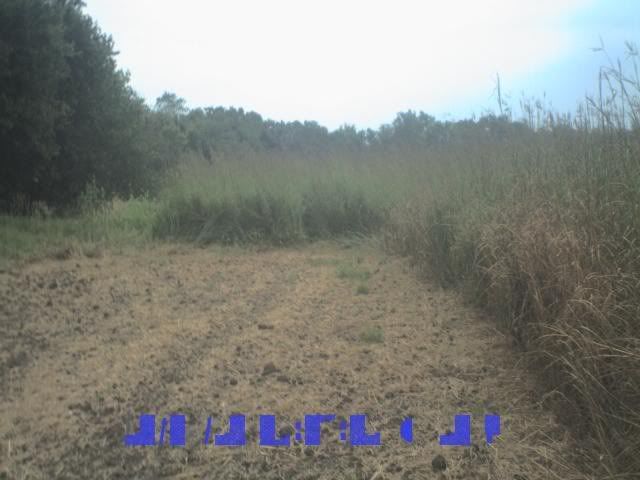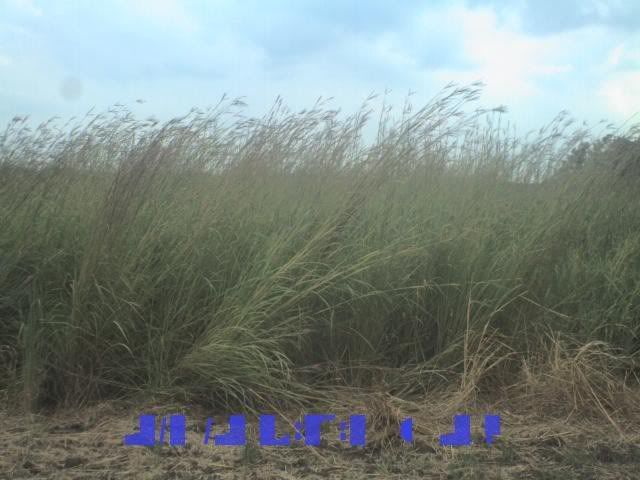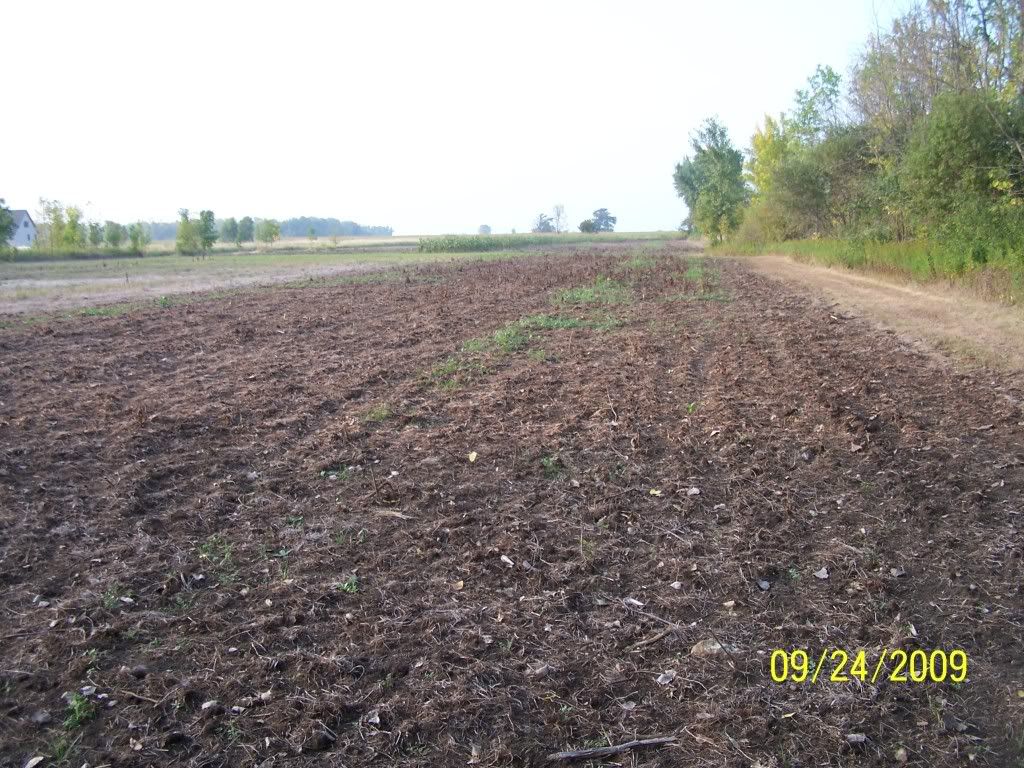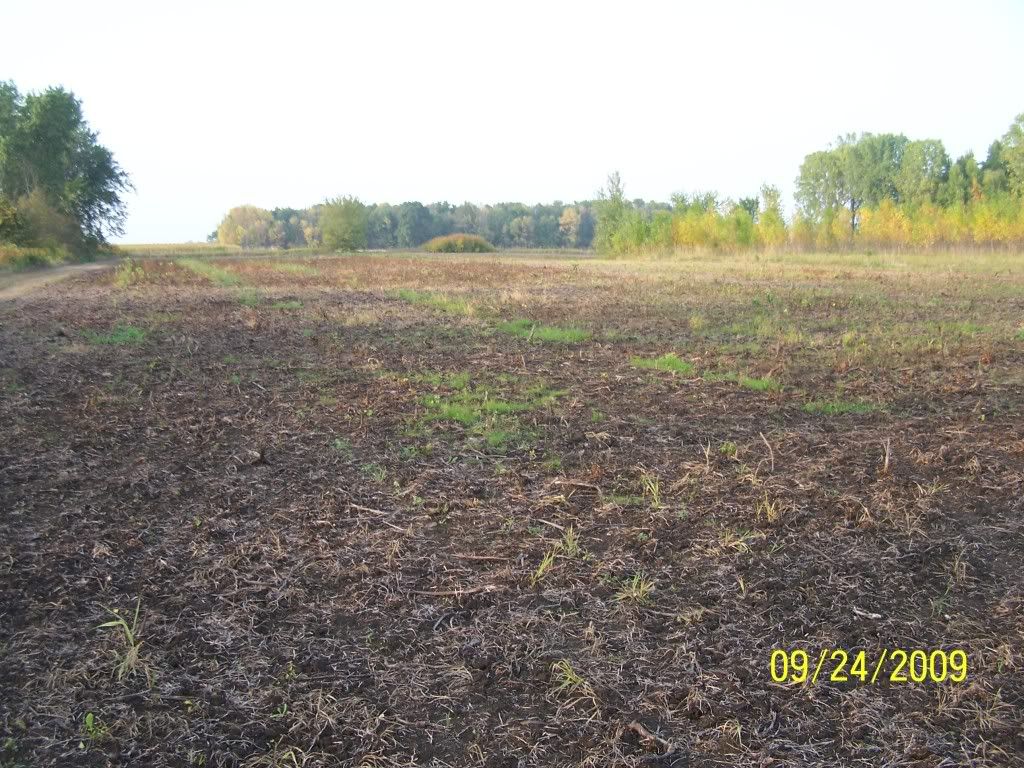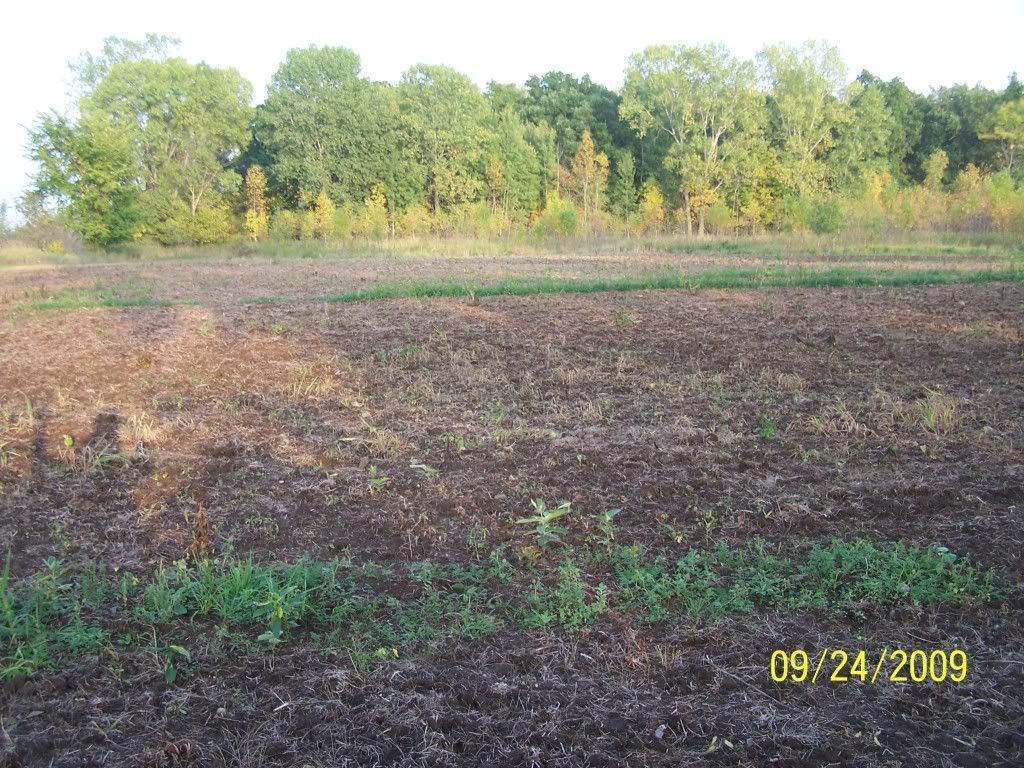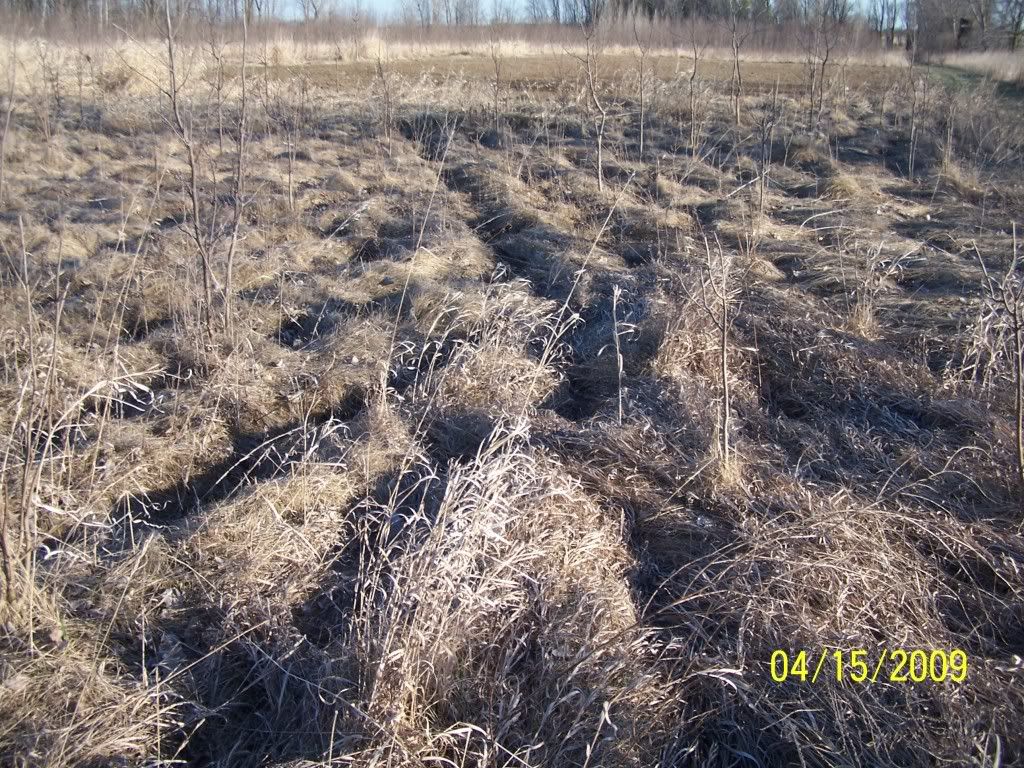Daver
PMA Member
Good point...
Although I do not have any pictures to post right now, I have been very surprised to see the great diversity of plants that are already in the soil in seed form now on my place.
I have a 5 acre field that was brome CRP for approximately 15-16 years that I first "disturbed" about 4 years ago. I first mowed the brome about 4 years ago, mainly to kill off volunteer cedars and oaks and "others" to comply with the new CRP regulations. I subsequently killed the brome with Roundup and then had winter wheat planted for 2 consecutive years.
For a variety of reasons, I didn't get any wheat planted last summer, so it sat in mostly fallow condition all of last year. I then burned it all off earlier this year and what grew back on its' own looks very much like the pictures in this thread. Although I do not know all of my native plants, I have a great variety of plants present now, a good amount of insects hopping around, EXCELLENT bedding cover and so forth. I did mow a 2 acre section short about 3 weeks ago now and hit it with gly last week to prepare for a rye planting around Labor Day.
I found MANY deer beds in this "new" habitat when I was mowing and when I came back to spray two weeks after mowing the turkeys had obviously been having a field day looking for grasshoppers, etc, in the meantime, judging by all of the feathers in the field.
In short, I think Letemgrow has a good thought...kill the brome and let nature take its' course and whether you end up with a "pure" NWSG stand or not, I am pretty sure you will seriously upgrade your habitat by just getting the brome out of the way and letting things go on their own. I did not seed any NWSG, etc, in this area.
Great stuff Paul!!
I recommend that before anyone buys NWSG's, see what you already have in the seed bank by doing a spring/fall burn or gly application and see what comes back. You may be suprised about what is already there.
Although I do not have any pictures to post right now, I have been very surprised to see the great diversity of plants that are already in the soil in seed form now on my place.
I have a 5 acre field that was brome CRP for approximately 15-16 years that I first "disturbed" about 4 years ago. I first mowed the brome about 4 years ago, mainly to kill off volunteer cedars and oaks and "others" to comply with the new CRP regulations. I subsequently killed the brome with Roundup and then had winter wheat planted for 2 consecutive years.
For a variety of reasons, I didn't get any wheat planted last summer, so it sat in mostly fallow condition all of last year. I then burned it all off earlier this year and what grew back on its' own looks very much like the pictures in this thread. Although I do not know all of my native plants, I have a great variety of plants present now, a good amount of insects hopping around, EXCELLENT bedding cover and so forth. I did mow a 2 acre section short about 3 weeks ago now and hit it with gly last week to prepare for a rye planting around Labor Day.
I found MANY deer beds in this "new" habitat when I was mowing and when I came back to spray two weeks after mowing the turkeys had obviously been having a field day looking for grasshoppers, etc, in the meantime, judging by all of the feathers in the field.
In short, I think Letemgrow has a good thought...kill the brome and let nature take its' course and whether you end up with a "pure" NWSG stand or not, I am pretty sure you will seriously upgrade your habitat by just getting the brome out of the way and letting things go on their own. I did not seed any NWSG, etc, in this area.



